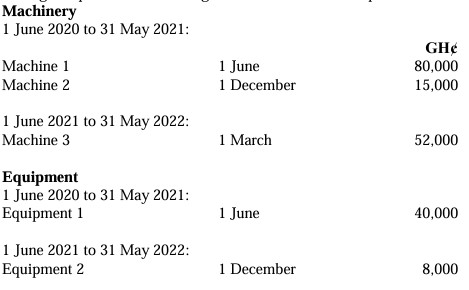- 10 Marks
FA – Mar 2024 – L1 – Q1a – The IASB’s Conceptual Framework
Explain the qualitative characteristics of financial information, including consistency, completeness, materiality, and going concern.
Question
It is understood that different users require financial information for assistance in their economic decisions. Financial statements need to have certain characteristics or adhere to certain accounting principles in order to be useful to its users.
Required:
In relation to the statement above, write brief notes about the following:
i) Consistency
ii) Completeness
iii) Materiality
iv) Going concern
Find Related Questions by Tags, levels, etc.
- Tags: Completeness, Consistency, Going Concern, Materiality, Qualitative Characteristics
- Level: Level 1
- Topic: The IASB’s Conceptual Framework
- Series: MAR 2024
Report an error


